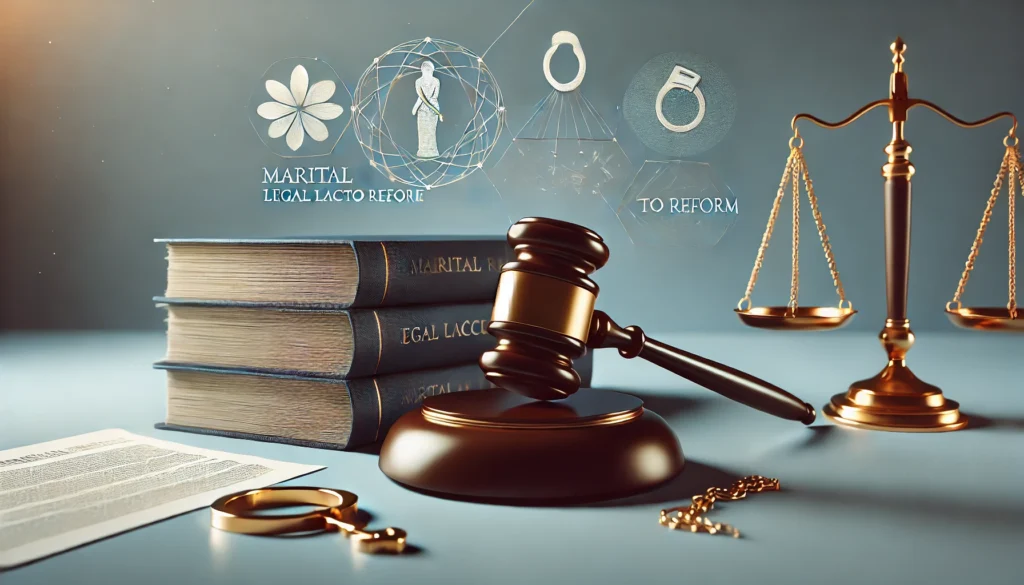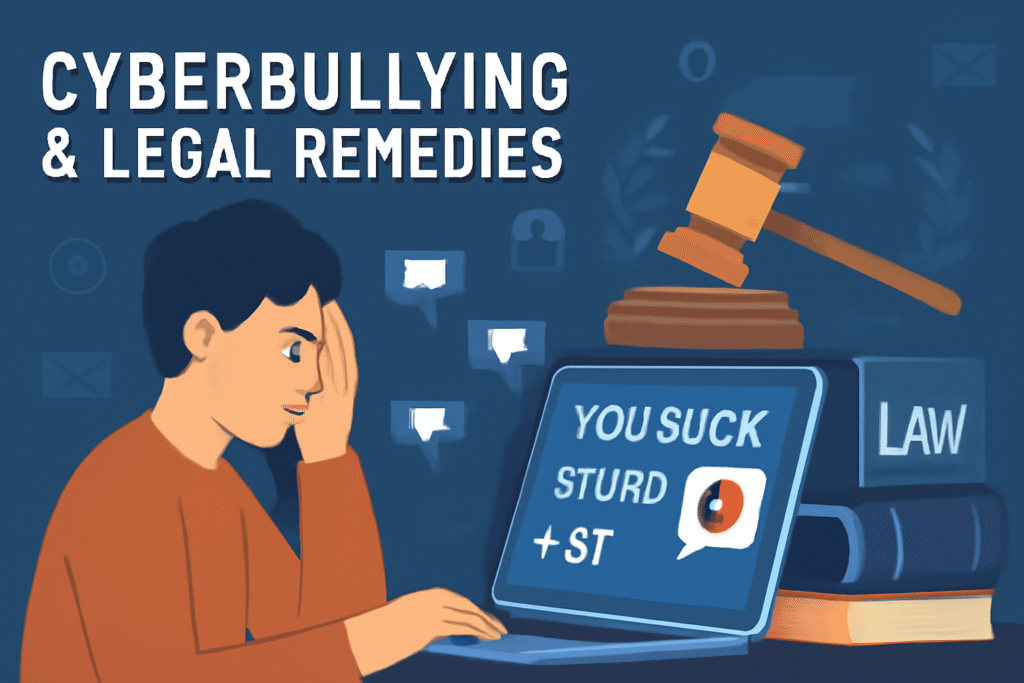Published On: 18th October, 2024
Authored By: Swapnil Chauhan
TRANSLAM COLLEGE OF LAW/ CCSU
ABSTRACT
India is known for its diversity and rich biological heritage. India is a country known for the several wild varieties of relative crops. Majority of biologically rich and diverse regions, native and local people are positioned. This environment is a way of their life, for achieving growth that is sustainable, the traditional knowledge is an essential ingredient. Traditional knowledge is based on the practices that are developed and sustained by native and local communities that pass from one generation to another. Traditional knowledge is something we all take granted for.
Intellectual Property rights are the rights given to the person who creates the intellectual property that is the creation of their mind which gives them the right to control and exploit it for the certain time period.
INTRODUCTION
The protection of traditional knowledge as intellectual property has been the challenging task over the past few years and the question arises how can traditional knowledge be swept under intellectual property? Information structure that composes traditional knowledge is the crucial element for the sustainable development of traditional knowledge. Exploiting traditional knowledge for commercial advantage is inappropriate. Hence, it is important to take some measures to prevent and maintain traditional knowledge in order to protect the interests.
WHY TRADITIONAL KNOWLEDGE NEEDS TO BE PROTECTED?
Traditional knowledge is a heritage that should be protected in this frequently changing time as not doing so can lead to commercial misuse of it further resulting in the emotional and financial suffering to the indigenous people. By protecting the traditional knowledge, we will be protecting and preserving the ancient practices.
For the purpose of preservation also. Traditional knowledge needs to be protected. In order to maintain the values of the universal region, biological assortment in the agricultural system is necessary.
Traditional knowledge is seen as a system for prevention of the traditions and it is seen as a tool to represent the traditional lifestyle, whereas the notion behind it is very different from what is perceived under Intellectual Property Rights. Traditional Knowledge is an effortless characteristic of the cultural legacy of humanity.
Another concern is that in the world of globalization, traditional knowledge is the threat to proprietary and commercial profit. In order to encourage communities, it is important to scale up and support green grass innovations. India is one of the leading countries where the plants have been used since the ancient times for their medicinal purpose.
HOW TO PROTECT TRADITIONAL KNOWLEDGE?
As popularly known, there are two methods that can be used for the protection of Traditional knowledge that are Defensive Protection and Positive Protection.
Defensive Protection is the protection that aims to protect the traditional knowledge from the people outside the particular community. This is the system that provides rights for traditional knowledge via a third party. The rights are as follows-
- Provision to disclose the genetic origin for invention in the patent application.
- A database that includes information related to technical and scientific details is made available to the patent reviewers.
For example – The searchable database was developed by India for the traditional medicines for the patent examiners. On the basis of this their leads a very famous case where the US tried to patent turmeric for its health benefits and its medicinal properties for the treatments of wounds, which was later revoked and the patent was cancelled.
Positive Protection is the protection that allows one to gain knowledge directly from the patent or other forms like trademarks etc. Although various steps have been taken for the same. Some rely on the existing policies of Intellectual Property Rights while others believe that there is a scope for change in existing Intellectual Property Rights. Positive protection means protecting traditional knowledge by means of rules regulations and laws. However, it grants the right to promote traditional knowledge for their use and benefits from commercial exploitation.
For example – An agreement between the parties to share the benefits that can be monetarily or non-monetarily resulting from the commercial transaction associated with the traditional knowledge.
The pace by which science and technology are changing, has ignored traditional knowledge, and modern concepts have changed its understanding. Holding on the traditional knowledge for the long time can threaten the culture of native communities. The people holding the traditional knowledge do not get any appreciation for the wisdom.
Protection Under Intellectual Property Rights
This is the most challenging part of Traditional Knowledge protection as it becomes very difficult to stack the traditional knowledge under one head or to determine where to give the protection to it. The protection given under Intellectual property rights is of a limited time period so it becomes challenging to give continuous protection to the traditional knowledge. The primary aim of giving protection under IPR to traditional knowledge is from stealing or piracy that is used without proper authorization of the concerned community.
India’s Effort for Protecting Traditional Knowledge
India gained global recognition during the landmark case of turmeric. The CSIR i.e. Council of Scientific and Industrial Research India was able to abrogate the patent filed by the US Scientists.
The significant importance of Traditional knowledge in Indian Society is in the areas like Yoga, Ayurveda, Unani, and Siddha. These are as follows-
- The Department of Ayurveda, Yoga and Naturopathy, Unani, Siddha and Homoeopathy, Ministry of Health and Family Welfare of India, and the Ministry of Science and Technology, CSIR Council of Scientific and Industrial Research, collaborated to launch the Traditional Knowledge Digital Library (TKDL). This organization is to prevent and protect TK from exploitation at patent offices worldwide. The problem in Indian TK lies in the fact that the language in which the scripts are written in Hindi, Sanskrit, Arabic, Tamil, Urdu, and other ancient local languages which are not easily decoded worldwide. TKDL overcame the language barrier by systematically and scientifically converting it into five international languages i.e. English, Spanish, Japanese, German, and French. It is done by using TKRC i.e. Traditional Knowledge Resource Classification.
- National Innovation Foundation (NIF): NIF works to make India an innovative and global leader in technologies without having social and economic handicaps, NIF promotes grassroots innovations and traditional knowledge.
- Indian Patent Office (IPO): The IPO also has a specific bracket for traditional knowledge-related patents. IPO ensures that traditional knowledge is not being misappropriately used and is protected.
- The Protection of Plant Varieties and Farmers’ Rights Act (PPVFR Act), 2001 protects the varieties of medicinal plant and also protects the rights of the farmers, including the traditional knowledge they acquire related to the genetic resources of the plant.
- Biological Diversity Act, 2002: This act protects the biological resources that include traditional knowledge related to biodiversity in order to conserve and use them sustainably.
- National Biodiversity Authority (NBA): The NBA monitors and guides to use the of biological resources and TK in such a manner that the benefits of the use of such resources are shared and also prior consent should be taken in order to use the resources.
- Ayurveda, Yoga, Unani, Siddha, and Homoeopathy (AYUSH) Ministry: The main focus of the AYUSH ministry is to promote and develop the system that involves the development of medicines using traditional culture that includes Ayurveda, Yoga, and other traditional health practices.
- Indian Council of Medical Research (ICMR): ICMR is the Council that provides the guidelines in order to conduct the research by traditional knowledge, it also ensures the collaboration between the TK holder is equitable and ethical.
CASE LAWS
- 1. Novartis v. Union of India (2013): This was the leading case on the issue of whether Novartis could patent Gleevec in India and after seven years of long litigation The Supreme Court upheld the rejection of Novartis’ patent application, stating that the importance of traditional knowledge needs to be protected and granting the patent would be a biopiracy.
- Pfizer v. India (2013): Pfizer’s plea was to block the manufacturing of a common version of the drug they produced. The Delhi High Court rejected their plea stating that there needs to be a balance between intellectual property rights and Traditional Knowledge when it comes to the concern of public health.
- Hindustan Unilever v. Gujarat Cooperative Milk Marketing Federation (2013): Here, Hindustan Unilever Limited filed a suit against Gujrat Cooperative Milk Marketing Federation who is the owner of the Amul Brand for broadcasting ad that disparaging the frozen desserts. The Bombay High Court realizes the traditional knowledge of the farmers of India in making a variety of sesame oil, passing a judgement in favor of the Gujarat Cooperative Milk Marketing Federation.
- L’Oréal v. wheeling Crown Controls (2014): In the case where L’Oreal uses the word Amla in their Ads for marketing their products, The Delhi High Court inhibited and asked L’Oreal not to use the name “Amla” for their hair care products, realizing and protecting the traditional knowledge of Indian Ayurvedic practitioners.
There are many other cases where Traditional Knowledge was recognized and protected and later on revoked in order to maintain the value and importance of traditional knowledge.
US patent Turmeric was later on challenged by CSIR and was revoked.
RiceTec Inc patented Basmati Rice
Robert Larson patented Margosan-O extracted from Neem and later on sold it to W R Grace and Co.
Since IP protection has its limitations, most of the countries have developed a sui generis system for protecting traditional knowledge. Sui Generis is a Latin word that means “of its kind”. The sui generis rights are the rights that embargo the reuse of any such information that has been obtained by considerable investment in presenting and obtaining the data contents.
Agreement On TK
The major agreements that shaped the development of the sui generis system for the protection of TK are:
Convention on Biological Diversity (CBD), 1993, and the Nagoya Protocol, 2010 deal with mechanisms to be followed for accessing the genetic resources of any country and to devise ways for fair and equitable sharing of benefits arising from utilizing those genetic resources.
International treaty on Plant Genetic Resources for Food and Agriculture of the Food and Agriculture Organization (FAO), 2001.
International Union for the Protection of New Varieties of Plants (UPOV), 1991.
Agreement on Trade-Related Aspects of Intellectual Property Rights (TRIPS) through the Doha Declaration, 2001 directed TRIPS to include a perspective on the protection of TK in alignment with CBD.
WIPO‘s Intergovernmental Committee (IGC) on Intellectual Property and Genetic Resources, Traditional Knowledge and Folklore, 2000 directed all member States to comply with the protection of TK.
The emerging need for awareness and protection of TCEs was raised internationally through:
- World Heritage Convention, 1972.
- The UNESCO/WIPO World Forum on Protection of Folklore, 1997.
- Convention for the Safeguarding of Intangible Cultural Heritage, 2003.
- UNESCO Convention on the Protection and Promotion of the Diversity of Cultural Expressions, 2005.
CONCLUSION
India is said to have the world’s most beautiful culture. The people of India are considered to have a rich cultural heritage. Literature, Music, Dance, Arts and crafts, Ceremonies, etc. are all the heritage that is associated with traditional knowledge. Traditional medical practices, traditional medicine, forest, agriculture, conservation, and ethical use of biological diversity, are some more examples of traditional knowledge. Traditional knowledge and cultural expressions are vital elements of the day-to-day life of people obtained from generations of living in close contact with nature.
Traditional knowledge documentation is a priority. The knowledge of indigenous and local systems is of prime importance, especially for developing countries like India, which have a rich abundance of this knowledge. The aspect of documenting formulations in the Ayurvedic system of medicine in India has been taken into consideration and the Traditional Knowledge Digital Library (TKDL) was made. TKDL is not only a server databank to search the information related to the granted patent but would also register the patterns used traditionally. The original text is written in Sanskrit or some native language using scriptures etc. the text is translated and presented in major five languages that are French, German, English, Japanese, Spanish, and Hindi with the help of unit code technology to make it accessible to researchers easily, that is a language independent. The availability of traditional knowledge to achieve global financial opportunities for the commercial use of biodiversity can be attained by linking the grassroots knowledge systems to it. However, the regulation of the extent of such use needs to be set to protect traditional knowledge.
The countries should push forward for an effective dispute resolution mechanism, as relevant international regulation is important in international trade. The technologies emerging from the access use of biological diversity must be made sure to be environmentally friendly. In order to do so the need for a sui generis form of IPRs was recognized. Any delaying tactics in the area would lead to the opportunity for biopiracy and misappropriation use especially of plant genetic resources.
Moreover, such delaying would lead to the loss of the inheritance of the communities that have always been in a close connection with the traditional knowledge and the countries that are connected to this will also suffer a loss of a lot of revenue which can be used in their own development.
References:
- Kapil Kapoor, Avadhesh Kumar Singh, India Knowledge System (Vol.1, D.K. Printworld (P) Ltd.)
- Office of Controller General of Patents, Design & Trademarks, Guidelines for Processing of Patent Applications Relating to Traditional Knowledge and Biological Material.
- Moni Wekesa, what is Sui Generis system of IPR? (The African Technology Policy Studies Network)
- Novartis vs. Union of India 2013
- Pfizer vs. India 2013
- Hindustan Unilever vs. Gujarat Cooperative Milk Marketing Federation 2013
- L’Oréal vs. wheeling Crown Controls 2014
- International Conference on the Utilization of the Traditional Knowledge Digital Library as a Model for Protection of Traditional Knowledge (22/03/2011) WIPO < https://www.wipo.int/meetings/en/2011/wipo_tkdl_del_11> accessed 6 August 2024
- Council of Scientific & Industrial Research CSIR < https://www.csir.res.in/documents/tkdl > accessed 6 August 2024
- Hon’ble Mr. Justice S.U. Khan, Handbook on Arbitration (1st ed, Judicial Training and Research Institute 2022)
- (CA) Rajkumar S. Adukia, Practical Guide on The Concept and Practice of Arbitration (1st ed, Rishabh Academy Pvt. Ltd. 2016)
- Indian Drugs & Pharmaceuticals Ltd. Vs. Indo Swiss S. Gem Mfg. Co. Ltd. (1995)
- ICICI Ltd. Vs. East Coast Builders & Engineers Ltd. (1997)
- Kanagarani Durairaj Vs. Dwaragan (1998)
- Probodh Vs. Union of India (1951)




